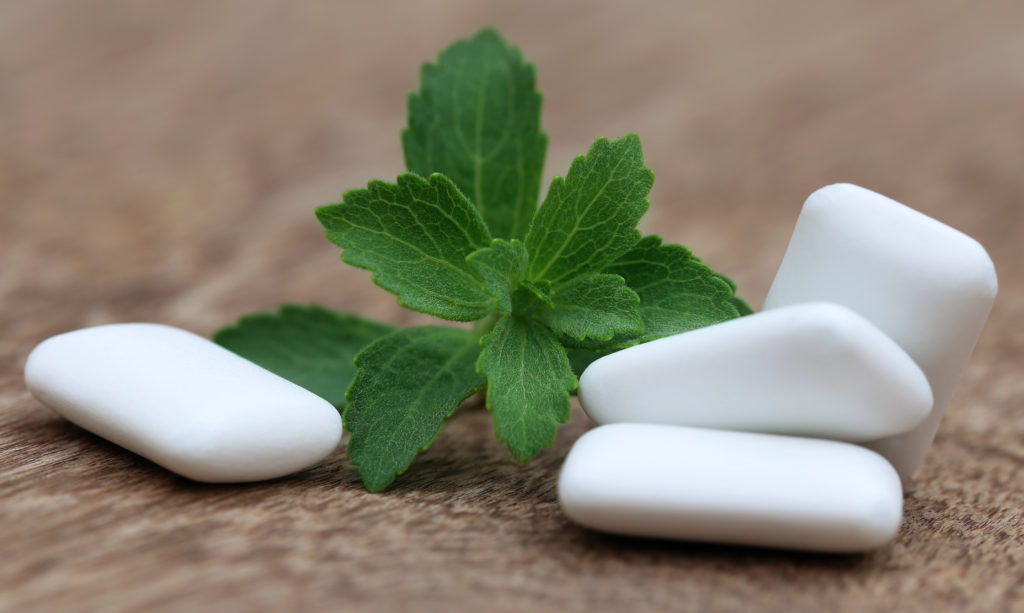Teeth Whitening Gum: Does It Really Work

The quest for a dazzling smile has led many to explore various teeth whitening options, and teeth whitening gum has emerged as a popular choice. But does it really work? To answer this question, let’s delve into the world of teeth whitening, exploring the science behind it, the ingredients used in whitening gum, and the effectiveness of this innovative product.
The Science of Teeth Whitening
Teeth whitening is a process that aims to remove stains and discoloration from the teeth, restoring their natural shade. There are two main types of teeth stains: intrinsic and extrinsic. Intrinsic stains occur within the tooth, often due to genetics, aging, or certain medical conditions. Extrinsic stains, on the other hand, are caused by external factors such as poor oral hygiene, tobacco use, or consumption of stain-causing foods and beverages.
Teeth whitening products typically contain active ingredients that break down and oxidize these stains, lifting them away from the tooth surface. The most common active ingredients used in teeth whitening products are hydrogen peroxide and carbamide peroxide. These ingredients release oxygen radicals that penetrate the tooth enamel, targeting the stains and breaking them down.
Teeth Whitening Gum: How Does it Work?
Teeth whitening gum is a relatively new product that combines the benefits of chewing gum with the power of teeth whitening. These gums typically contain mild abrasives, such as silica or calcium carbonate, which help remove surface stains from the teeth. Some whitening gums also contain hydrogen peroxide or other whitening agents that are released as you chew.
The idea behind teeth whitening gum is that the constant chewing action helps to distribute the whitening agents evenly across the teeth, allowing them to penetrate the enamel and break down stains. Additionally, the gum’s abrasive properties help remove plaque and surface stains, leaving the teeth feeling smooth and clean.
Key Ingredients in Teeth Whitening Gum
Some of the key ingredients found in teeth whitening gum include:
- Hydrogen peroxide: A common whitening agent that breaks down stains and lifts them away from the tooth surface.
- Carbamide peroxide: A mild whitening agent that releases hydrogen peroxide, providing a slower and more gradual whitening effect.
- Silica: A mild abrasive that helps remove surface stains and smooth out the tooth surface.
- Calcium carbonate: A natural abrasive that helps remove plaque and surface stains, while also providing a source of calcium for tooth health.
Does Teeth Whitening Gum Really Work?
So, does teeth whitening gum really work? The answer is a resounding “it depends.” While some users have reported noticeable improvements in the whiteness of their teeth, others have seen little to no difference.
Studies have shown that teeth whitening gum can be effective in removing surface stains and slightly whitening the teeth. However, the results are often inconsistent and may not be as dramatic as those achieved with other teeth whitening methods, such as professional bleaching or whitening strips.
What to Expect from Teeth Whitening Gum
If you’re considering trying teeth whitening gum, here are a few things to keep in mind:
- Results may vary: The effectiveness of teeth whitening gum can vary depending on the individual, the type of stains, and the frequency of use.
- Gradual results: Teeth whitening gum is designed to provide gradual results over time, rather than instant whitening.
- Not a replacement for regular oral care: Teeth whitening gum should not be used as a replacement for regular brushing, flossing, and dental check-ups.
How long does it take to see results from teeth whitening gum?
+Results from teeth whitening gum can vary, but most users report seeing some improvement within 1-2 weeks of regular use.
Can I use teeth whitening gum if I have sensitive teeth?
+Yes, but with caution. Some teeth whitening gums may contain ingredients that can exacerbate sensitivity. Look for products that are specifically designed for sensitive teeth or consult with your dentist before use.
How often should I use teeth whitening gum?
+Follow the manufacturer's instructions for frequency of use. Most teeth whitening gums are designed to be used 1-2 times a day, after meals or as needed.
In conclusion, teeth whitening gum can be a useful addition to your oral care routine, but it’s essential to have realistic expectations. While it may not provide the same level of whitening as other methods, it can help remove surface stains and leave your teeth feeling smooth and clean. As with any teeth whitening product, it’s crucial to follow the manufacturer’s instructions and maintain good oral hygiene practices to achieve the best results.
Additional Tips for a Brighter Smile
- Regular brushing and flossing: Maintain good oral hygiene practices to prevent stains and plaque buildup.
- Avoid stain-causing foods and drinks: Limit your consumption of coffee, tea, wine, and other foods that can cause stains.
- Visit your dentist regularly: Regular dental check-ups can help identify and address any oral health issues that may be affecting the whiteness of your teeth.
- Consider professional teeth whitening: If you’re looking for more dramatic results, consider consulting with your dentist about professional teeth whitening options.
By following these tips and using teeth whitening gum as part of your oral care routine, you can achieve a brighter, healthier smile that will leave you feeling confident and radiant.
